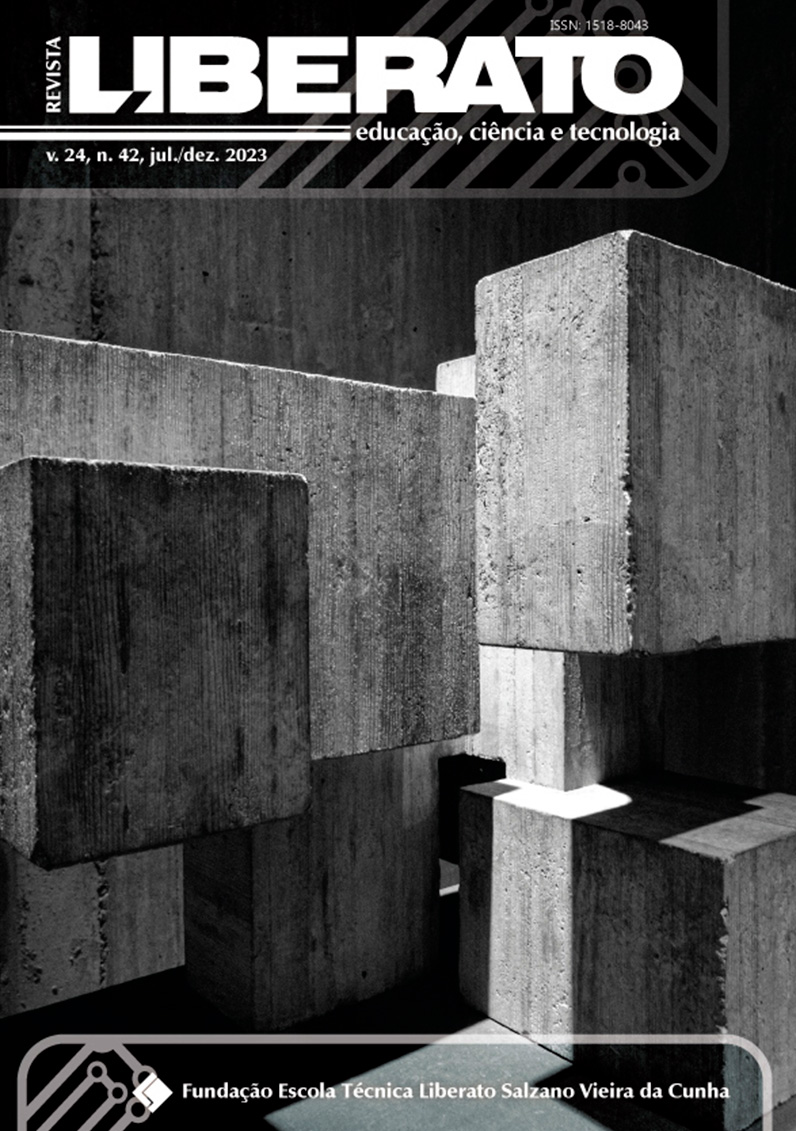Issues and challenges faced by Brazilian adults to learn English
Resumo
In Brazil, all students in regular schools have English classes at some point in their lives, most of them usually start in 6th grade. However, when teachers and job interviewers ask about their knowledge, the answers show that they cannot speak, read, or write the language well. The Brazilian Educational Law of Guidelines and Bases requires a “foreign language” which may be Spanish, for example. When they become adults, it is essential to speak a second language to get better job opportunities. This study has investigated some aspects of English teaching/learning in Brazil, which may encourage many people to come to the U.S. to learn. Nowadays, there is a big wave of Brazilians coming to study English as an additional language. The study has mainly focused on adult Brazilian English learners living in the U.S. and it has identified the profile of these adult students, their motivation, their challenges, as well as issues about age, affection, and beliefs related to this topic.Referências
ALVAREZ, M. L. O.; BONFIM, E. R. A cultura de aprender LE (inglês) de alunos adultos na faixa etária de 40 a 65 anos. In: SILVA, K. A.; ÁLVAREZ, M. L. O. (org.). Perspectivas de investigação em linguística aplicada. São Paulo: Pontes, 2008. p. 301-358.
BARCELOS, A. M. Cognição de professores e alunos: tendências recentes na pesquisa de crenças sobre ensino e aprendizagem de línguas. In: BARCELOS, A. M.; VIEIRA-ABRAHÃO, M. H. (org.). Crenças e ensino de línguas: foco no professor, no aluno e na formação de professores. Campinas: Pontes, 2006. p. 15-42.
BLIZZARD, B.; BATALOVA, J. Brazilian immigrants in the United States. 2019. Disponível em: https://www.migrationpolicy.org/article/brazilian-immigrants-united-states. Acesso em: 06 nov. 2019.
BRITISH COUNCIL BRASIL. Demandas de aprendizagem de inglês no Brasil. São Paulo, 2014. 36 p.
BROWN, H. D.; LEE, H. Teaching by principles: an interactive approach to language pedagogy. New Jersey: Pearson Education, 2015.
CAMPOS, A. Ensino básico tem 73,5% dos alunos em escolas públicas, diz IBGE. 2017. Disponível em: https://agenciabrasil.ebc.com.br/educacao/noticia/2017-12/ensino-basico-tem-735-dos-alunos-em-escolas-publicas-diz-ibge. Acesso em: 05 nov. 2019.
CANTAROTTI, A.; SIMÕES, L. C. O fator idade e o processo de aprendizagem de língua estrangeira. Entretextos, n. 6, n. 1, p. 32-38, 2006. DOI: 10.5433/1519-5392.2006v6n1p32.
CHOMSKY, N. Language and mind. Cambridge: Cambridge University, 2006.
CONROY, P. Total physical response: an instructional strategy for second-language learners who are visually impaired. Journal of Visual Impairment & Blindness, v. 93, n. 5, p. 315-318, 1999. DOI: 10.1177/0145482X9909300507.
FERNANDES, K.; MULIK, K. B. A aprendizagem de línguas estrangeiras na idade adulta: fatores envolventes. In: CONGRESSO NACIONAL DE EDUCAÇÃO, 10.; SEMINÁRIO INTERNACIONAL DE REPRESENTAÇÕES SOCIAIS, SUBJETIVIDADE E EDUCAÇÃO, 1. 2011, Curitiba. Anais […]. Curitiba: PUCPR, 2011.
HARMER, J. How to teach English. Essex: Pearson, 2007.
HORWITZ, E. K. The beliefs about language learning of beginning university foreign language students. The Modern Language Journal, v. 72, n. 3, p. 283-294, 1988. DOI: 10.1111/j.1540-4781.1988.tb04190.x.
KRASHEN, S.; TERRELL, T. The natural approach: language acquisition in the classroom. Hayward: Alemany, 1983.
LARSEN-FREEMAN, D.; ANDERSON, M. Techniques & principles in language teaching. Oxford: Oxford University, 2011.
LENNEBERG, E. Biological foundations of language. New York: Wiley, 1976.
LIGHTBOWN, P.; SPADA, N. How languages are learned. Oxford: Oxford University, 1998.
LIMA, A. E.; CASTRO, A. D. Brasileiros nos Estados Unidos: meio século (re)fazendo a América (1960-2010). Brasilia: FUNAG, 2017.
LIMA, A.; PLASTRIK, P. A profile of brazilian remitters in Massachusetts. Boston, [s. n.], 2007.
MARCUS, A. P. Brazilian immigration to the United States and the geographical imagination. Geographical Review, v. 99, n. 4, p. 481-498, 2009. DOI: 10.1111/j.1931-0846.2009.tb00443.x.
PENFIELD, W.; ROBERT, L. Speech and brain-mechanisms. New Jersey: Princeton University, 1959.
REN, J. Reflecting on the primary phonetic learning based on the critical period hypothesis in language acquisition. Theory and Practic in Language Studies, v. 7, n. 10, p. 900-906, 2017. DOI: 10.17507/tpls.0710.11.
SCHOUTEN, A. The critical period hypothesis: support, challenge, and reconceptualization. Studies in Applied Language and TESOL, v. 9, n.1, 2009. DOI: 10.7916/salt.v9i1.1462.
SIQUEIRA, C. E.; LOURENÇO, C. Brazilians in Massachusetts: migration, identity, and work. In: TORRES, A. (ed.). Latinos in New England. Philadelphia: Temple University, 2006. p. 187-201.
WOOLFOLK, A. Educational psychology. New Jersey: Pearson, 2013.
Downloads
Publicado
Como Citar
Edição
Seção
Licença

Este trabalho está licenciado sob uma licença Creative Commons Attribution 4.0 International License.
Declaração de Cessão de Direitos Autorais
, ____ de _____________ de 202X.
Senhora Editora:
Eu/Nós, XXXXX, declaro/ declaramos que o artigo intitulado XXXXXX, submetido à publicação à Revista Liberato é original e de minha/nossa autoria e que as fontes citadas foram explicitadas no corpo do trabalho e nas referências.
Salientamos ainda que seu conteúdo não foi enviado para publicação em outras revistas, seja em formato impresso ou eletrônico, reservados os direitos autorais para a Revista Liberato (Versão Online) – ISSN 2178-8820.
Com esta declaração, concedo/cedemos todos os direitos de divulgação do texto - por mídia impressa, eletrônica ou outra qualquer - à Revista Liberato e à Fundação Escola Técnica Liberato Salzano Vieira da Cunha.
Certificando minha/nossa responsabilidade pelo conteúdo apresentado, subscrevo-me/nos atenciosamente.
Nome (s) do Autor (s) Assinatura



